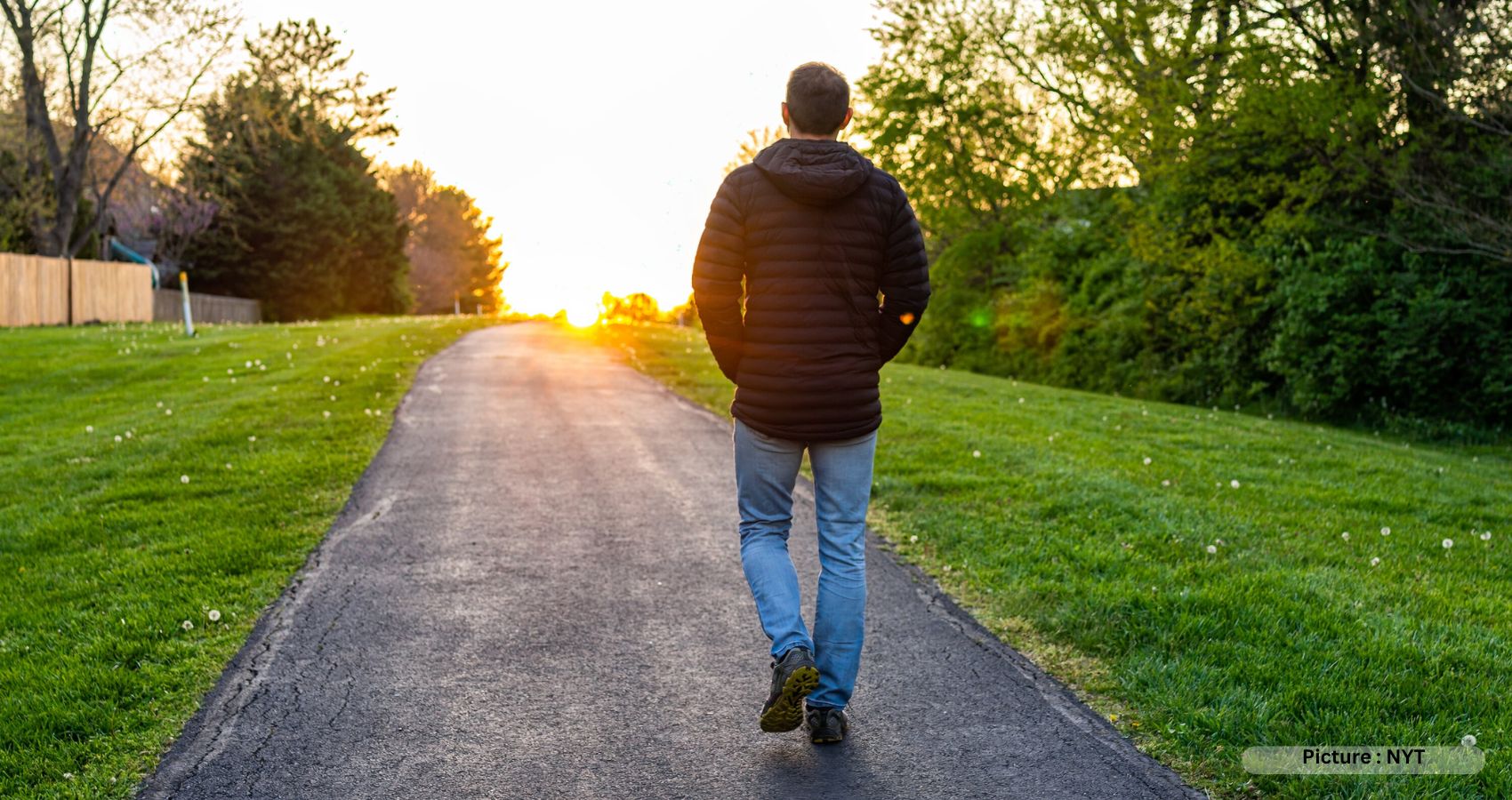Walking after a meal has long been considered a beneficial habit for clear thinking and improved digestion. However, it has been discovered that even small amounts of walking, for as little as two to five minutes, can activate benefits, particularly reducing blood sugar levels. A recent meta-analysis published in the journal Sports Medicine looked at seven studies that examined the effects of walking versus sitting or standing on heart health. The studies showed that light walking after a meal can improve blood sugar levels, which is particularly helpful in warding off Type 2 diabetes.
Dr. Kershaw Patel, a preventive cardiologist at Houston Methodist Hospital, who was not involved in the study, says that “each small thing” you do will have benefits.
For example, light walking almost instantly impacts blood sugar levels, especially when done within 60-90 minutes after eating a meal. This can make a significant difference in minimizing blood sugar spikes. Walking during this time can reduce the risk of developing Type 2 diabetes because sharp spikes and crashes in blood sugar levels are thought to contribute to developing the condition.
Very light walking reduces blood sugar levels
The seven studies that examined walking versus sitting or standing showed that light walking improves blood sugar levels compared to sitting at a desk or lounging on the couch. When participants walked even for short amounts of time, their blood sugar levels rose and fell more gradually. For people with diabetes, sharp fluctuations in blood sugar levels can be particularly problematic, making it more important for them to stabilize their levels. Those with pre-diabetes or Type 2 diabetes can benefit from walking, as spikes and troughs in blood sugar levels can contribute to a higher risk of developing the disease.
Walking within 60 to 90 minutes after eating delivers the best results.
Standing also helps lower blood sugar levels, but it does not have the same degree of impact as light walking. Standing has some benefits, but the researchers found “light-intensity walking was a superior intervention.” Light walking challenges muscles and uses fuel from food circulating in the bloodstream, reducing excess glucose in the muscles. Jessie Inchauspé, author of the book Glucose Revolution: The Life-Changing Power of Balancing Your Blood Sugar, says that “your muscles will soak up some of that excess glucose,” indicating that light walking helps reduce the impact of a meal on the body.
Mini-walks are more practical during the workday
Aidan Buffey, a graduate student at the University of Limerick in Ireland and author of the research paper, recommends a mini-walk of two to three minutes during a workday. It is more practical to perform during the workday, and people are more likely to engage in this activity than to go for a run. Buffey suggests getting up to make coffee, walk down the hallway or take a stroll after lunch. These activities can lead to measurable changes, as shown in the studies, and will enhance other dietary changes that people may be making to improve their blood sugar levels.
Dr. Euan Ashley, a cardiologist at Stanford University, who was not associated with the study, says “moving even a little bit is worthwhile.” He provides a continuum concept of incremental benefits that show each step or walk seems to have a benefit. Dr. Patel agrees with this concept and indicates that the benefits of physical activity exist on a continuum. He notes that “it’s a gradual effect of more activity, better health.”
Taking a small walk after a meal can benefit those who want to stabilize blood sugar levels, which is especially important for people with diabetes and for those who want to avoid developing it. Walking for just two to five minutes after a meal can make a difference in comparison to sitting at a desk or lounging on the couch. For the most significant impact on stabilizing blood sugar levels, taking a short walk within 60 to 90 minutes of eating is the most effective. A mini-walk of two to three minutes during a workday is more practical and feasible for most people, which makes it an excellent option to improve overall health.











